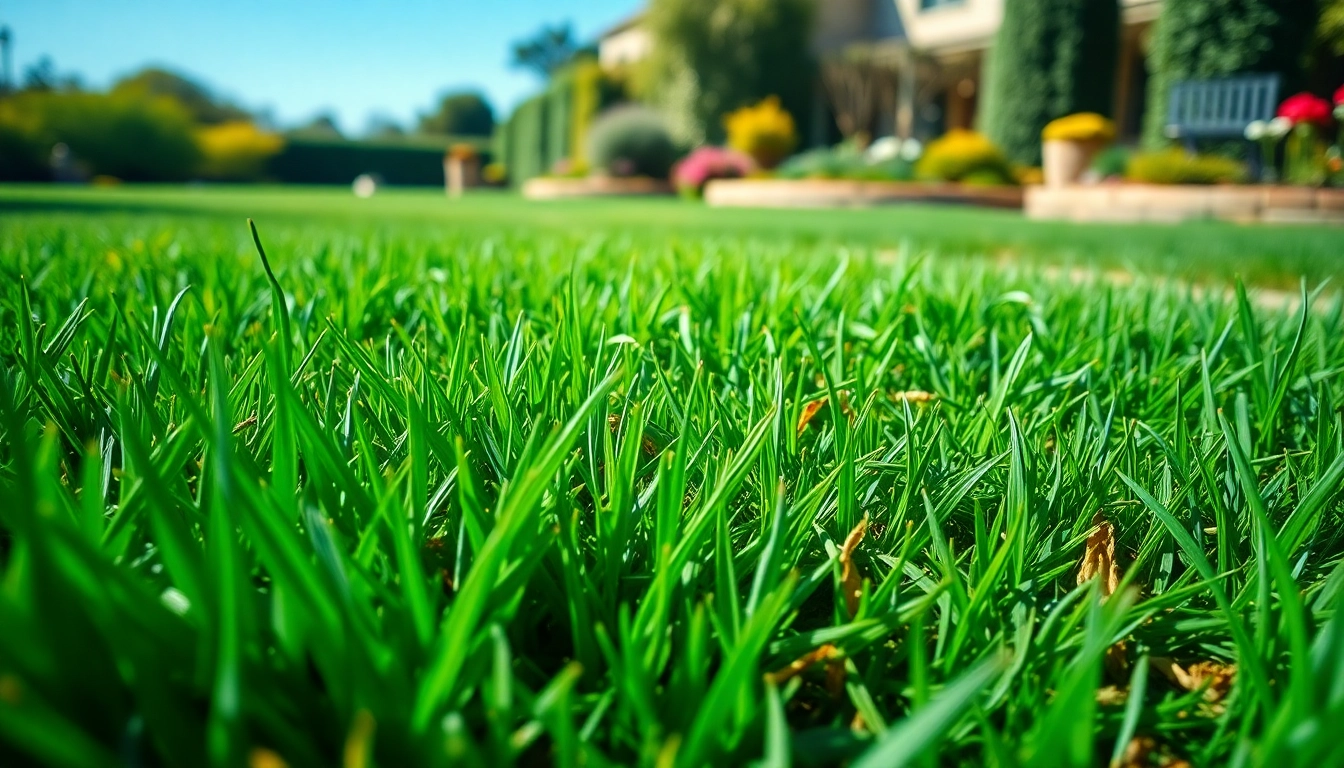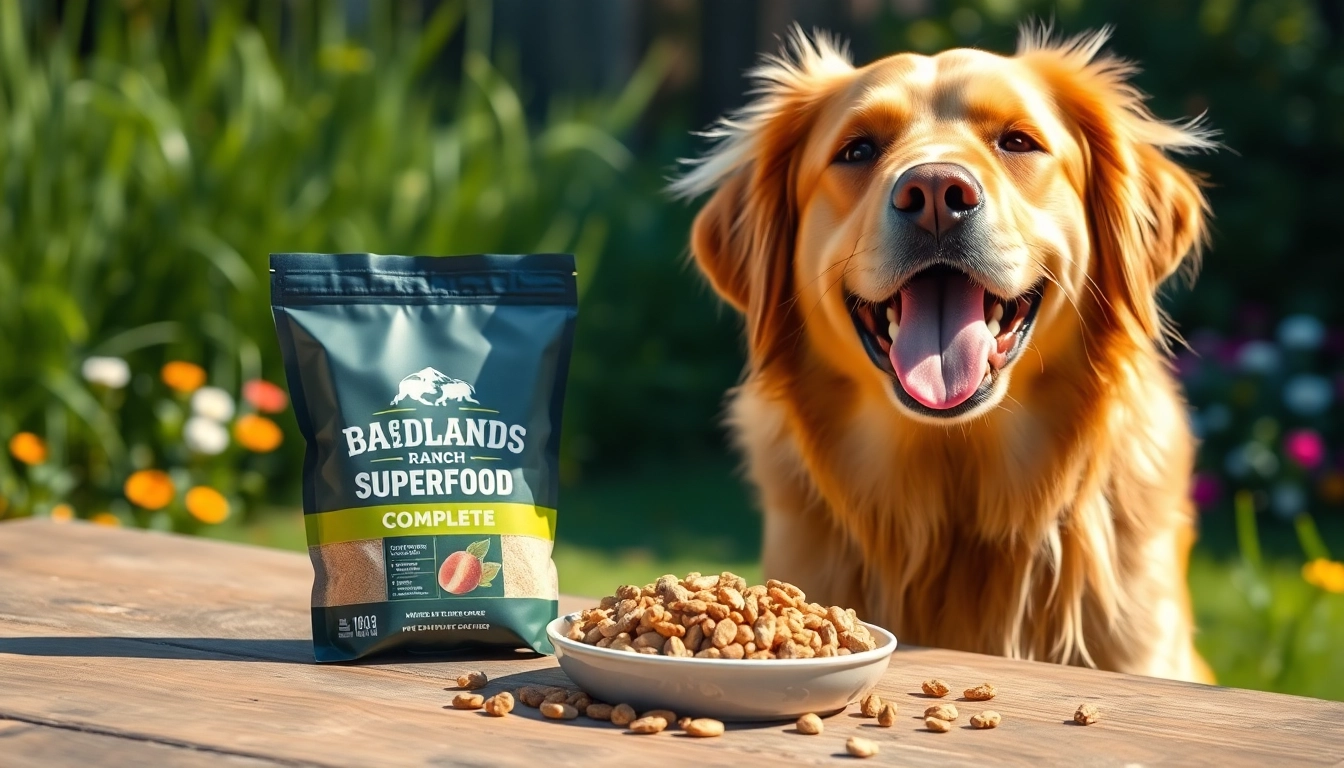Understanding Dog Urine Smells Strong and Its Effects
For many dog owners, one of the more unpleasant challenges of pet ownership is dealing with the strong odor of dog urine. This issue can be particularly problematic when it affects your lawn. The lingering scent can be a source of embarrassment and frustration, prompting a need for immediate action. Understanding dog urine smells strong is essential for Diagosing the underlying causes, determining the damage inflicted on your lawn, and exploring effective treatments to maintain a healthy outdoor space.
What Causes the Strong Odor of Dog Urine?
The strong odor of dog urine stems from various factors, primarily the presence of urea, ammonia, creatinine, and various other compounds. When a dog urinates, these substances are excreted and can emit a pungent smell:
- Urea: A major component of urine, it can break down into ammonia, which has a strong, acrid smell.
- Diet: A dog’s diet significantly influences the smell of its urine. Foods high in protein, like meat and some commercial dog foods, may produce a stronger smell.
- Dehydration: If a dog is not adequately hydrated, its urine becomes more concentrated, leading to a stronger odor.
- Health Issues: In some cases, strong urine odor can signal health problems, such as urinary tract infections or diabetes, which require veterinary attention.
Impact on Your Lawn
Dog urine poses a unique challenge for lawn maintenance. The nitrogen levels found in urine, while beneficial for plant growth, can become detrimental in concentrated amounts. Understanding how the urine impacts your lawn consists of several key aspects:
- Burn Spots: High nitrogen levels can lead to unsightly brown patches often referred to as burn spots where grass dies off due to toxicity.
- pH Levels: Dog urine can alter the pH of the soil, making it more alkaline and potentially affecting plant health.
- Fertilization: While nitrogen in urine can be beneficial, excessive amounts can overwhelm the soil and prevent beneficial microorganisms from thriving.
Health Concerns Related to Dog Urine
Beyond the aesthetic and practical implications for lawn care, there are several health considerations to keep in mind regarding dog urine:
- Parasite Transmission: Dog urine can harbor parasites such as leptospira, which pose a danger to both pets and humans, particularly children.
- Bacterial Growth: The strong smell can indicate the presence of harmful bacteria that thrive in high-nitrogen environments, which can lead to further complications.
- Allergic Reactions: Although not common, some individuals may experience allergic reactions to compounds found in dog urine.
Identifying Symptoms of Dog Urine Damage
Recognizing the signs of damage from dog urine is critical for timely intervention and remediation. Here are several ways to identify potential problems:
Visual Indicators of Lawn Damage
Your lawn may exhibit several visual signs indicating damage from dog urine, including:
- Color Change: Look for yellowed areas in the grass, which can indicate concentrated spots where the urine has burned the grass.
- Grass Texture: The affected grass may become brittle and dry, breaking easily at the touch.
- Patchiness: Sparse areas where grass fails to grow can be a sign of urine damage, possibly coupled with areas where grass thrives (often surrounding the affected zones).
Odor Detection Techniques
Sometimes the visual evidence of damage may not be apparent, but a strong odor can be a telltale sign of underlying issues. To effectively identify the source of the smell:
- Sniff Test: Regularly performing a sniff test in areas where your dog frequently relieves itself can help identify problem spots.
- Wet Soil Smell: The smell of wet soil can often be intensified by dog urine, indicating a more significant presence of odor-causing bacteria.
Assessing Grass Health
In addition to visual cues, assessing the overall health of your grass can provide insight into the impact of dog urine:
- Grass Growth Rate: Observe differences in growth rates between affected and unaffected areas. Slow or stunted growth in specific sections often indicates damage.
- Tuftiness: An increase in grass density in unaffected areas may highlight the damage of concentrated urine spots.
Effective Solutions to Eliminate Dog Urine Smells Strong
Once you have identified symptoms of dog urine damage, addressing the problem effectively becomes essential. Here are several strategies to eliminate the strong odor and restore your lawn:
Immediate Cleanup Techniques
For immediate relief from strong odors and damage:
- Watering: Dilute the affected areas by thoroughly watering the spot as soon as possible after the dog urinates. This helps reduce the concentration of nitrogen and minimizes damage.
- Removing Waste: Regularly clean your yard to keep waste levels low, preventing further smell accumulation.
Long-term Lawn Treatment Options
For ongoing management, consider these treatment options:
- Soil Amendments: Use amendments like lime to adjust soil pH or compost to restore soil health and encourage beneficial microorganisms.
- Reseeding: If large areas of grass are dead, reseed these sections using durable grass types that are more tolerant to dog urine.
Using Natural Remedies
There are several natural remedies that can help mitigate urine smell and damage, such as:
- Baking Soda: This common household product can absorb odors. Sprinkle it on affected areas and leave it for a few hours before watering.
- Vinegar Solution: A 50/50 mixture of vinegar and water can help neutralize odors. Spray the solution on the affected areas and allow it to dry.
Preventive Measures to Combat Strong Dog Urine Smell
Preventing strong odors from developing in the first place can save you plenty of time and hassle in lawn restoration. Here are proactive strategies:
Training Techniques for Dogs
One of the best long-term solutions is training your dog to use designated areas for elimination:
- Designate a Spot: Train your dog to relieve itself in a specific area of your yard. This confines the damage to one spot, making it easier to manage.
- Schedule Routine Breaks: Establish regular bathroom breaks to avoid excessive buildup in certain areas.
Best Outdoor Practices for Dog Owners
Incorporating practical outdoor practices can further minimize issues:
- Rotate Elimination Areas: Regularly rotate the areas your dog uses to relieve itself, allowing other sections of your lawn to recover.
- Provide Ample Hydration: Ensuring your dog stays hydrated can help dilute its urine, reducing the strength of odors.
Choosing the Right Lawn Grass Types
Selecting grass varieties that are more tolerant to dog urine can make a significant difference:
- Tall Fescue: This type is known for its resilience and ability to recover from damage.
- Perennial Ryegrass: Fast germinating and durable, it can quickly fill in damaged patches.
Maintaining a Healthy Lawn Amidst Dog Ownership
Maintaining a vibrant lawn while owning a dog requires diligence and commitment to regular care:
Regular Lawn Care Routines
Establishing a regular lawn care routine can significantly boost grass health:
- Mowing: Keep your lawn mowed to the recommended height for your grass type to promote healthy growth.
- Weeding: Regularly remove weeds that compete for nutrients and water, which can inhibit grass recovery.
Fertilization Tips and Tricks
Fertilizing your lawn properly is crucial, particularly when dealing with dog urine issues:
- Use Balanced Fertilizers: Consider using a well-balanced fertilizer to promote soil health without overloading it with nitrogen.
- Total N, P, K Ratio: Maintain an appropriate balance of nitrogen, phosphorus, and potassium (N-P-K) to ensure nutrient availability without causing more issues.
Seasonal Lawn Management Strategies
Different seasons present varied challenges for lawn care:
- Spring: Focus on overseeding and fertilization to promote vigorous growth as temperatures rise.
- Summer: Maintain moisture levels and avoid over-fertilization to prevent further damage during dry spells.
- Fall: The perfect time for aeration and preparing your lawn for winter to ensure strong recovery come spring.
By recognizing the causes and effects of dog urine smells strong, implementing effective solutions, and practicing preventive measures, dog owners can maintain a healthy and attractive lawn. With conscious effort and care, you can enjoy the companionship of your furry friend and the beauty of your outdoor space simultaneously.



